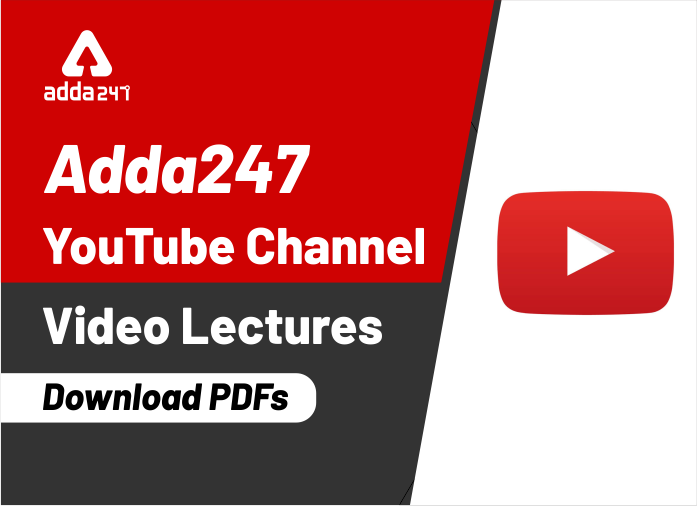Dear Aspirants,
ADDA247 provides daily videos on its YouTube channel. To ease your preparation, we have published daily videos on bankersadda.com. You can now download Lecture PDF from the link given in videos below. These videos are useful for upcoming banking & insurance exams like IBPS Clerk Mains, IBPS SO etc.
RRB NTPC MATHS
Complete Current Affairs
Reasoning for RRB NTPC
Download PDF: http://bit.ly/2u22Mxm
IBPS CLERK PREPARATION
IBPS Clerk Mains 2019 Preparation Strategy
Simplification Based on Percentage | Maths
Download PDF: http://bit.ly/39sSaI7
Syllogism and Inequality | Reasoning
Download PDF: http://bit.ly/39pZmEU
Reasoning| Order and Ranking
Prepositions in English Grammar | English
Download PDF: http://bit.ly/39rsY4S
Best 200+ Current Affairs and Banking Awareness
Download PDF: http://bit.ly/2FaBZ4u
Sentence Improvement
IBPS Clerk Mains Reasoning 2019
Download PDF: http://bit.ly/2szn40U
IBPS Clerk Mains | English | Fillers
Download PDF: http://bit.ly/2ZD2vg9
IBPS Clerk Mains | Maths | Arithmetic (Class 6) (Probability)
Download PDF – http://bit.ly/2tfXJJu
Basic English Grammar & Vocabulary (Class 2) | English Adda 31 Dec 2019
Download PDF: http://bit.ly/2SIT65d
31 December Current Affairs | Current Affairs Today | Daily Current Affairs 2019
Download PDF: Old Format http://bit.ly/2szaPBu



 GA Capsule for SBI Clerk Mains 2025, Dow...
GA Capsule for SBI Clerk Mains 2025, Dow...
 The Hindu Review October 2022: Download ...
The Hindu Review October 2022: Download ...
 CAIIB ABM Memory Based Questions, Downlo...
CAIIB ABM Memory Based Questions, Downlo...








